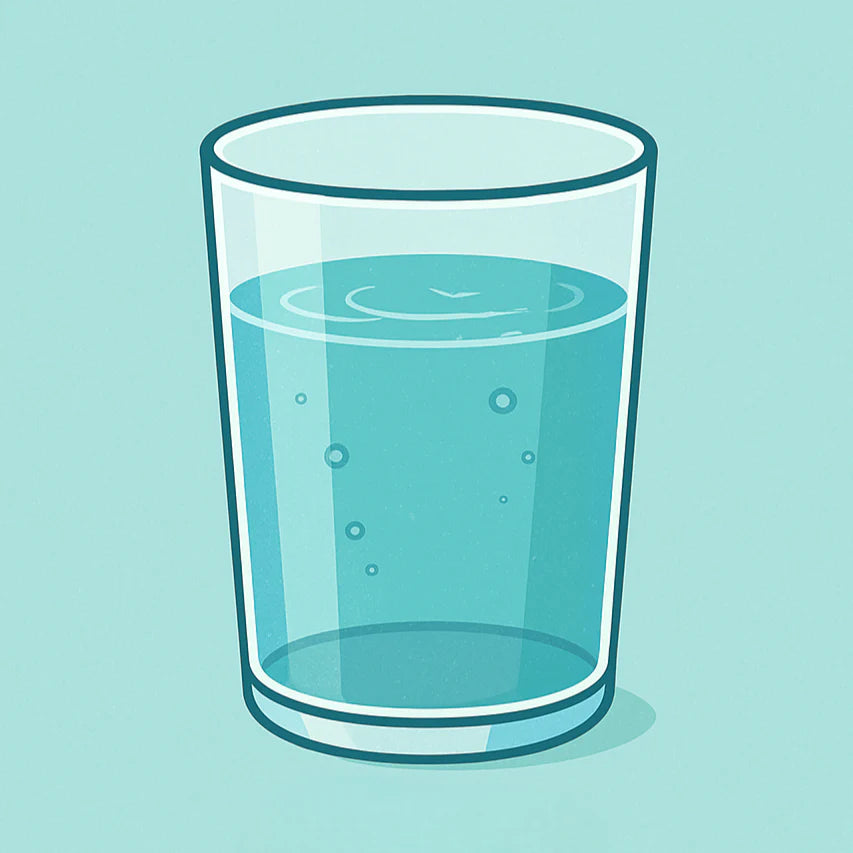Our Science
At Waterkind, we believe hydration should work harder for you. That’s why we’ve crafted a blend of electrolytes, minerals, and vitamins to help water actually hydrate you at the cellular level.
Hydration isn't just about water
You’re drinking water, but your cells might still be dehydrated.
Real hydration happens inside the cell and that takes more than just H₂O.
How Hydration Works

What we drink to stay hydrated

Water needs to reach your cells

They open the door for water to move

They carry nutrients and minerals
What Complete Hydration Looks Like

Water moves in and out of your cells

Water and solutes are perfectly balanced in and around the cell.
Not sure how much water you need?
Use our hydration calculator to find out how much water and electrolytes your body needs daily.
Calculate NowWhat’s Inside Waterkind
We kept our ingredient list short, familiar, and functional, designed to hydrate, support, and make you feel good.

Water
Our base and our hero. Water makes up 96.5% of every can, purified, cold, and made better with essentials your body needs.
Magnesium
Supports muscle function, mood balance, and energy production. A hydration essential.

Potassium
Helps regulate fluid balance, blood pressure, and proper nerve signals.

Sodium
Maintains hydration and electrolyte balance. We include just enough, not too much.

Zinc
Plays a role in immunity, metabolism, and skin support. Vital for cellular function.

Vitamin B3
Helps your body convert food into energy. Supports brain and skin health.

Vitamin B6
Supports metabolism, immune function, and mood regulation.

Vitamin B12
Essential for nerve health and red blood cell formation, especially for vegans.

Sugar
Just 6g per can, to help your body absorb electrolytes better. More effective than 0g.
Why Soda Feels Good… Then Bad
The Dopamine Spike–Crash Cycle

When you drink sugary soda, your brain releases a rapid surge of dopamine, the neurotransmitter linked to pleasure and reward. This gives you a quick sense of satisfaction.

The brain quickly tries to restore balance (homeostasis). After the spike, it reduces dopamine release and lowers dopamine receptor sensitivity.

This leads to a temporary drop in dopamine levels below baseline, making you feel tired, unmotivated, or irritable. Over time, the brain becomes less sensitive to pleasure from everyday experiences.
Chronic sugar intake rewires your brain.
In Egypt, the average person consumes 22.8kg of sugar per year — that’s like eating 450 teaspoons a month (Helgi Library, 2021) and with 2.25 million soft drinks consumed daily, this sugar surge fuels a constant loop of dopamine spikes and crashes.
Waterkind skips the spike. It supports hydration and cognitive clarity without triggering a crash.

